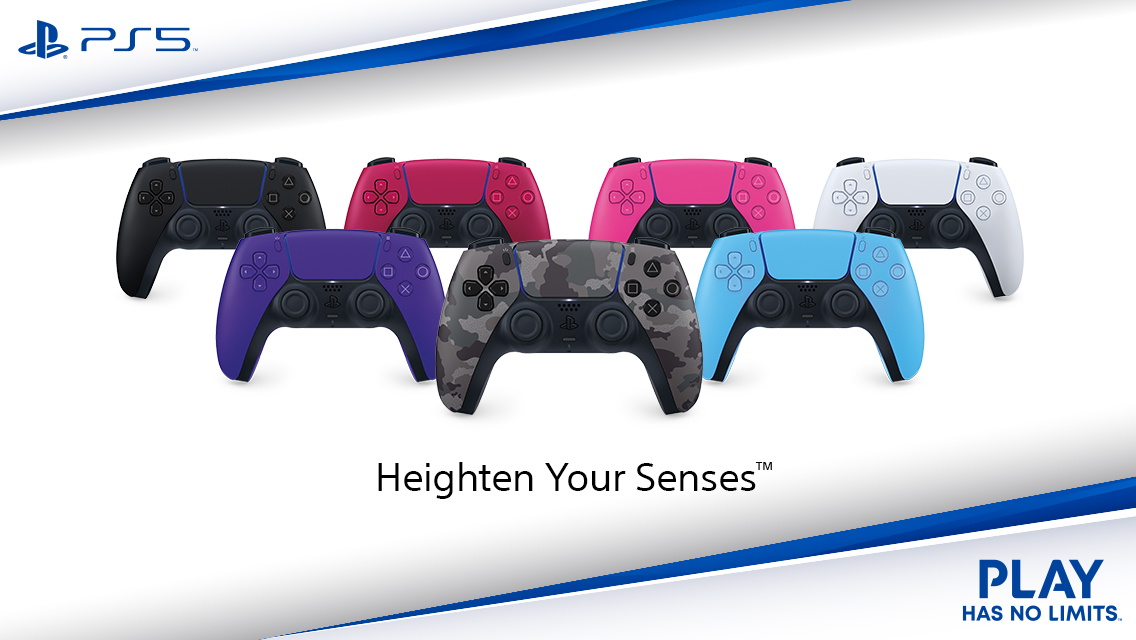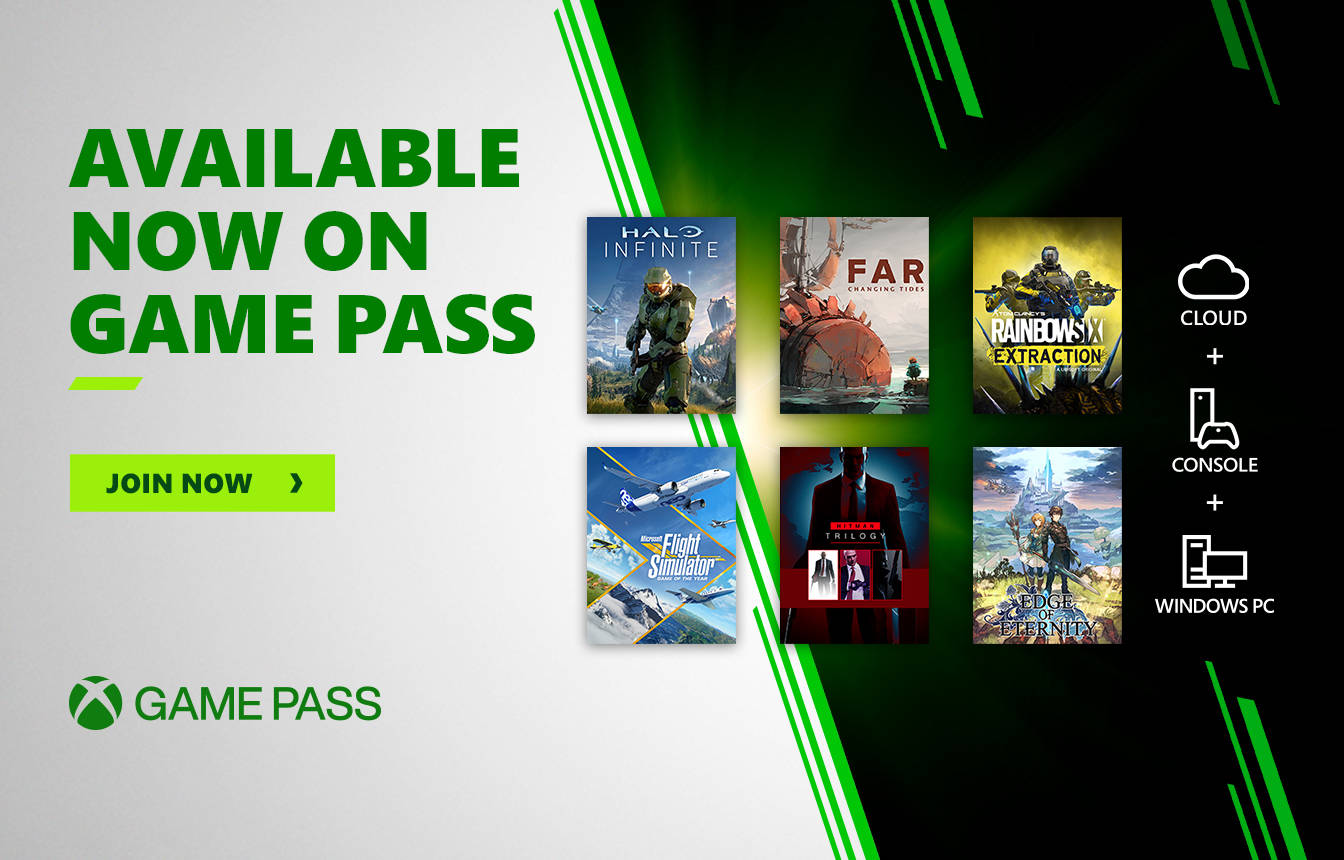Since The Messenger‘s initial reveal, it’s been clear that the team behind it—Sabotage Studio—has an affinity for the NES era of platformers, or more specifically, Ninja Gaiden. From the game’s promise of tight controls to the starring ninja, it wears its inspirations on its sleeve. Thankfully, Sabotage Studio didn’t just churn out a clone of the Tecmo classic, and there’s more to appreciate. The gimmick here is that the hero can move through time, which translates into an experience that continually transitions between 8-bit NES and 16-bit SNES aesthetics.
The concept is fresh while also being reflective of the early days of platformers. It suggests that this won’t be a nostalgia fest lacking originality. But much like The Messenger‘s constant bounce between console eras, my feelings on the game ultimately teetered back and forth. Certain aspects are expertly crafted, but there are still several areas that could have been tweaked to create a better and more memorable experience.
Describing the plot of The Messenger is a challenge. A good chunk of the story follows our lead ninja, known only as “the Messenger,” as he attempts to stop a demon army by carrying a magical scroll to the top of a mountain. However, once he reaches his destination, the narrative gets… complicated. Not only is it revealed that the young ninja is just one of many Messengers that have been previously tasked with protecting the scroll, but he can travel between his current time and several centuries in the future within seconds. The new power takes him on a journey through woods, caverns, floating cities, and even the depths of hell to uncover the truth behind an ancient evil entity and his connection to it.
As I said, The Messenger plays like a modern reimagining of the original Ninja Gaiden. Players can use the ninja to jump, slash at enemies with a sword, throw a shuriken, and cling to walls. During the opening portion of the game, it was easy to grasp the simple but tight controls, and I quickly was moving through stages with ease. I was worried it was all a bit too easy, though. I expect some challenge in my platformers, especially ones modeled after one of the more tricky titles in the genre. The good news is that Sabotage Studio had more gameplay mechanics in mind that spiced up the experience and raised the difficulty—but only to a point.
The game’s most useful and ingenious creation has to be cloudstepping, which lets the ninja gain an extra mid-air jump by swiping at an enemy or projectile with perfect timing. My heart flutters for a good double jump because it speeds up gameplay and can allow the player to pull off some impressive platforming feats. While there are many examples from the genre that fit that bill, cloudstepping is by far the best implementation and evolution of the mechanic. See, cloudstepping isn’t something that can be done at any time. Players have to constantly look for ways to gain the extra jump to reach a higher platform or find safety above a pit. The need to always be thinking ahead was refreshing and added a small dose of difficulty to most areas. Plus, the Messenger receives additional abilities that make platforming that much more enjoyable, such as the grappling hook. Sabotage Studio made sure to throw in the right amount of these tools to let the player decide how they would choose to conquer a room, and overall, that freedom is seen quite often.
What also works is the death mechanic. Swapping out the traditional lives system seen in the Mega Man and Super Mario series, The Messenger is more forgiving of a player that is prone to dying by bringing them back to their most recent save point. The catch is that a little demon will follow you around and take any money you collect until it feels that you’ve paid back the debt you owe for being spared from eternal damnation. It’s a fun take on the death system in Shovel Knight, which let the player sacrifice money they had earned in favor of lives. A traditional life system isn’t necessarily outdated, but for games with collectibles and exploration at the forefront, it’s nice not to have a Game Over screen threatening to pop up.
Praise aside, cloudstepping also introduces a problem. As the game went on, I was hoping to see the areas become significantly more difficult than the ones before them. Sadly, they never become as challenging as I had anticipated. Freedom of movement is excellent, but what’s even better is to be pushed to test a platformer’s mechanics continually. When most areas are relatively straightforward and simple enough to navigate, it grants the player a pass by letting them choose the easiest way forward. It would have been great to see more rooms that at first glance seemed impossible to get through, only to find a cool means of traversing it with a combination of the ninja’s platforming skills. Plus, any areas that did have tricky platforms or entrances to reach were saved for paths to secret areas that ultimately offered disappointing prizes (more on that later). Don’t get me wrong, the platforming is mostly a good time, but it just feels slightly hollow after awhile.
What’s odd about this, though, is that by the time I had accepted I wouldn’t be receiving a real challenge, I reached the hell world. Far and away, this area is the best in the entire game because it forces players to use every skill the ninja possesses to just get through it. The hellish crypts have several tricky obstacles to overcome, like timing perfect cloudstepping jumps over a long pit of lava while avoiding projectiles coming from both directions on the screen. Some other areas had ideas similar to that sprinkled in small doses, but hell was the only one to deliver throughout. While it gave me a jolt of excitement, it also left me wondering why the same level design choices weren’t implemented more. The floating city and elemental sky areas were slightly similar, swapping out lava for open air, but they needed to be stretched out more and offer an increase in difficulty with each new screen.
Another strange design decision enters after players earn the ability to transition between 8-bit and 16-bit eras. Similar to Link’s hunt for the Temple of Time’s three spiritual stones in The Legend of Zelda: Ocarina of Time, the ninja’s initial “get the scroll to the mountain” task proves to be one small step toward victory. After it, he’s forced to find eight musical notes scattered across the various areas. As expected, some of them can only be reached by moving through time to change the landscape, making certain obstacles disappear. In essence, this changes the game from a linear experience into one that more closely resembles a Metroidvania. Players will have to backtrack quite often to look for new abilities and items that are required to unlock more of the map. Some of these items are fairly simple to find, while others are hidden exceptionally well. It’s important to note that each of the areas are fairly large, making it a chore to grind through them more than once. An NPC can give you hints on where to go next, but they’re typically cryptic clues that left me frustrated to the point that I would just end up paying another NPC to put a marker on map. Many of the areas I expected to be housing the items ended up having nothing but caches of extra money, leaving me scratching my head on where to go next. There were a few of these required collectibles that I found to be pretty fun, like the seashell that helped me navigate the twisted underwater maze, but collecting them all was a chore.
After pondering over it, it seems to me that Sabotage Studio was more interested in creating levels that were easy to get through to make the backtracking and item hunting portion of the game more manageable. Seeing how often the player will be forced to run through the woods, for example, made me glad that the platforming obstacles weren’t too complicated. But on the other hand, why does the player have to do so much running back and forth? I couldn’t decide what would’ve been a better decision: cut out the item hunting and create more complex platforming challenges, or make the search for items less of a grind with better clues on where to go next. Both outcomes have their pros and cons, but since The Messenger is already completed, I guess it would have to be something I can hope would change in a possible sequel.
Outside of gameplay, there are many aspects that deserve some praise. The art direction of each stage is distinct, giving something new and interesting to enjoy visually while playing. Even with the transitions between 8-bit and 16-bit, the looks of the worlds are unique enough to help the player remember where certain landmarks are located. One of my favorite aspects of any platformer, the music, was also a positive. Apart from a few of the 16-bit remixes of the stages, which have too much of a jarring tinny quality, I always wanted to have headphones in to get the full effect of the soundtrack. Funny enough, my favorite tracks were the 8-bit and 16-bit scores for the hell area, once again reinforcing how much of a home run Sabotage Studio had with that portion of its game.
The Messenger is a fun, impressive rework of the platforming genre and a game that I’ll likely come back to every now and then when I want to jump around on my Switch. Unfortunately, it was also a slight disappointment. I wasn’t expecting perfection or a revolutionary experience, but I was hoping that the platforming challenge would be up to snuff. I would’ve looked past my desires if it hadn’t been for a few of the levels giving me exactly what fans of the genre look for in new titles. Room for improvement is still there. Perhaps Sabotage Studio can take the ninja on another journey and inject the great ideas it had here into a more well-rounded experience that will work for newcomers and veterans of the genre.
|
★★★★☆
Sabotage Studio’s debut title, The Messenger, is an impressive evolution for the platforming genre. It takes risks that at times work in its favor but also create frustrating mechanics for players to look past. The melding of 8-bit and 16-bit aesthetics into a love letter for the NES era of platformers is nothing short of genius, but the style outweighs the gameplay in some areas, including the difficulty level. |
Developer Sabotage Studio Publisher Devolver Digital ESRB E – Everyone Release Date 08.30.2018 |
| The Messenger is available on Nintendo Switch and PC. Primary version played was for Nintendo Switch. Product was provided by Devolver Digital for the benefit of this coverage. EGM reviews on a scale of one to five stars. | |





